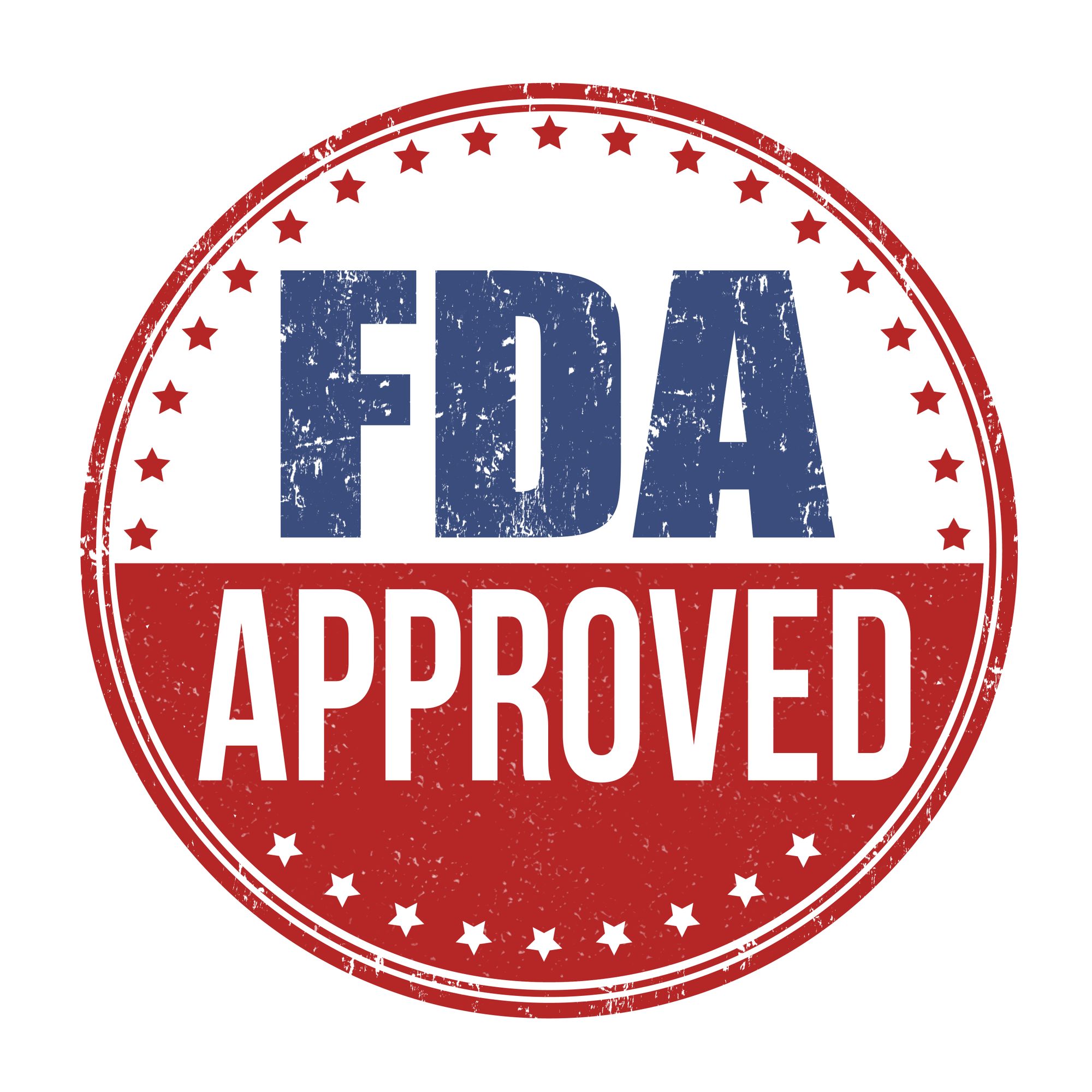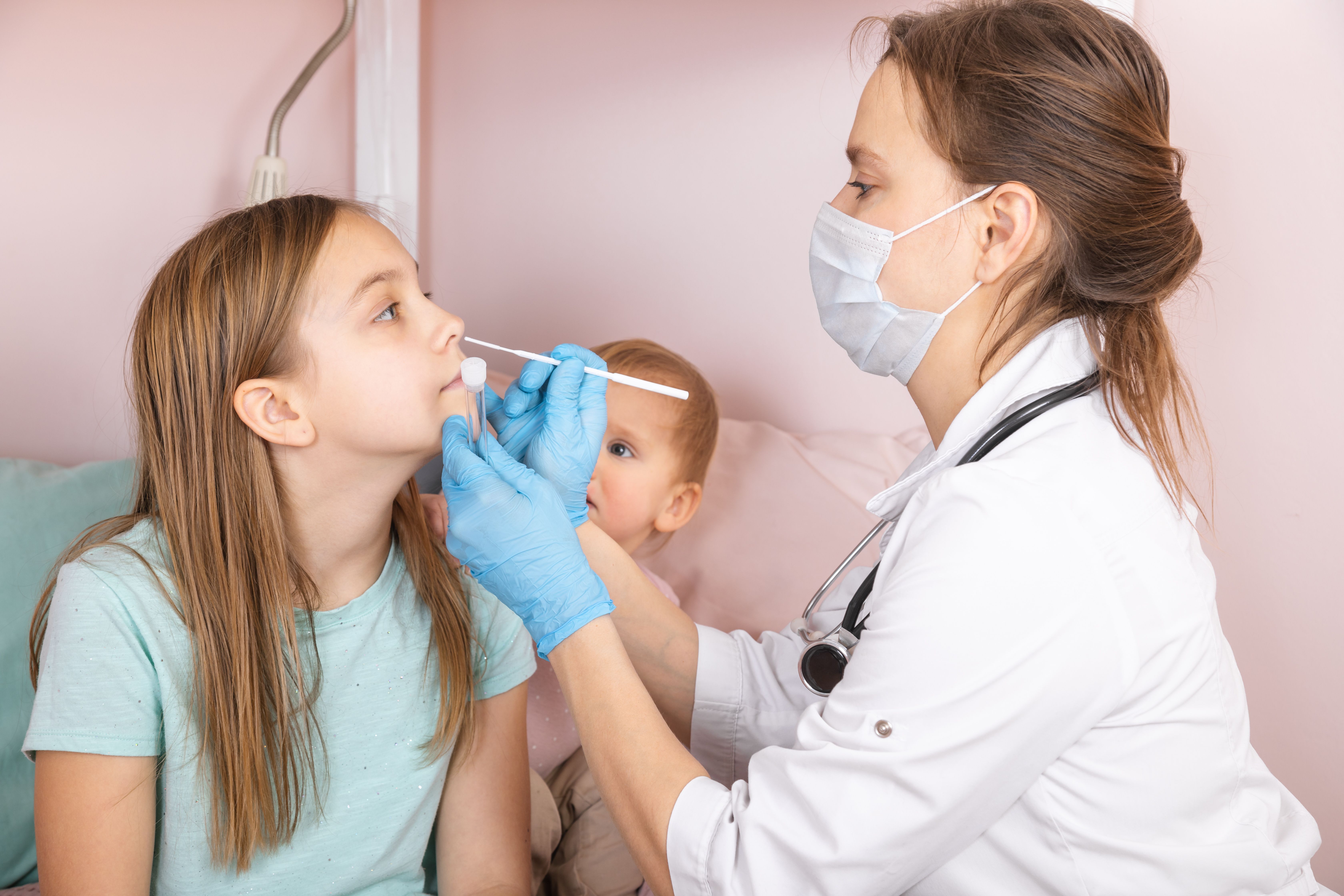Article
Physician Burnout Associated With Poorer Patient Outcomes
Author(s):
Newly published findings indicate that physician burnout is associated with an increased risk of patient safety incidents, poorer quality of care, and reduced patient satisfaction.
In 2017, the Medscape Physician Lifestyle Report found that 50% of physicians in the United States report signs of burnout, a 4% increase from the year before. As physician burnout continues to persist, researchers warn that there are negative impacts on patient care.
The personal effects of physician burnout have been well-documented: increased risk for cardiovascular disease and shorter life expectancy, problematic alcohol use, broken relationships, depression, and suicide. But now, newly published findings have indicated that physician burnout is associated with an increased risk of patient safety incidents, poorer quality of care, and reduced patient satisfaction.
To read more on physician burnout, click here.
“This study is essential to acquire a holistic understanding of the association between physician burnout and health care service delivery and confirm the need for dynamic organization-wide resolutions to mitigate burnout,” wrote the researchers.
The meta-analysis of 47 studies included over 40,000 physicians. Of the studies, 21 were based on residents and early career physicians (<5 years postresidency) and 26 considered experienced physicians. The majority of studies were based on hospital physicians (63.8%), 27.7% were based on primary care physicians, and 8.5% were based on mixed samples of physicians across all care settings.
Based on data compiled from the studies, researchers observed that physician burnout was associated with twice the odds of involvement in patient safety incidents. The increased risk was seen across all dimensions of burnout—emotional exhaustion, depersonalization, and personal accomplishment. The most risk was associated with symptoms of depression and emotional distress, which added a more than 2-fold increased risk.
These findings were consistent among professionalism and patient satisfaction. Overall physician burnout was associated with twice the risk of portraying low professionalism. In particular, depersonalization was association with a 3-fold risk for reported low professionalism. Meanwhile, emotional exhaustion and reduced personal accomplishment were association with a 2.5-fold increased risk.
Likewise, burnout resulted in a 2-fold increased risk of low patient-reported satisfaction. In particular, depersonalization was associated with a 4.5-fold increased risk and personal accomplishment was associated with an over 2-fold increased risk. Meanwhile, emotional exhaustion did not have significant impact on patient-reported satisfaction.
Notably, the effects of burnout on patient safety incidents did not differ significantly across career stage. However, the association between burnout and low professionalism was substantially larger across residents and early-career physicians, compared to middle- and late-stage physicians.
“Physician burnout is associated with a reduced efficiency of healthcare systems to deliver high-quality, safe care to patients,” wrote the researchers. “Preventable adverse events cost several billions of dollars to healthcare systems every year. Physician burnout therefore is costly for healthcare organizations and undermines a fundamental societal need for receipt of safe care.”
They add that reporting systems for quality of care and patient safety outcomes require better standardization across healthcare organizations, which will enable larger and more rigorous studies of the association between physician burnout and key components of patient care that will be accessible at an organization level and affect policy decisions.
Reference:
Panagioti M, Geraghty K, Johnson J, et al. Association between physician burnout and patient safety, professionalism, and patient satisfaction [published online September 4, 2018]. JAMA Intern Med. doi:10.1001/jamainternmed.2018.3713.

Navigating Sport-Related Neurospine Injuries, Surgery, and Managed Care




